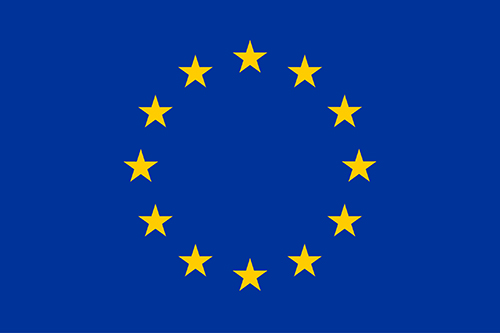In heterogeneous catalysis, it is crucial to be able to control the structure and morphology of nanoparticles as these features are directly tied with the catalytic activity. In metallic nanoparticles, the different terminating crystal facets exhibit different a density of states at the Fermi level, that may stray away from the ideal catalytic activity. Thus, to create the “perfect” nanocatalyst, it is crucial to find a reliable experimental protocol that can monitor shape, size, and the correlated electronic properties.
We studied the catalyst Ni2P with solid-state nuclear magnetic resonance (ssNMR). For the microcrystalline sample the spectrum revealed distinct signals from the phosphorus sites in the alternating Ni3P2 and Ni3P layers. The attention was then shifted towards nanoparticle sized samples, down to 4 nm. Remarkably, the experimental Knight shift distribution from these nanoparticles resembled the DFT calculated density of states of Ni2P slabs with specific surface termination. By fitting the DFT calculated ssNMR spectra of each hypothesized facet onto the experimental spectra, we were able to (a) identify the different terminating facets, and (b) extract the precise ratio of facet and bulk environments depending on the size of the nanoparticles.
This confirmed a cylinder-like shape with a lateral termination facet that grows by increasing particle size under phosphorus-poor synthesis conditions. This highlights ssNMR nanocrystallography as an indispensable tool in determining the electronic properties of metallic nanocatalysts based on their morphology, which can lead to more targeted synthetic procedures depending on the desired effect.
You can find the entire article here.
Papawassiliou W, Carvalho JP, Panopoulos N, Al Wahedi Y, Wadi VKS, Lu X, Polychronopoulou K, Lee JB, Lee S, Kim CY, Kim HJ, Katsiotis M, Tzitzios V, Karagianni M, Fardis M, Papavassiliou G, Pell AJ. Crystal and electronic facet analysis of ultrafine Ni2P particles by solid-state NMR nanocrystallography. Nat Commun. 2021 Jul 15;12(1):4334.





